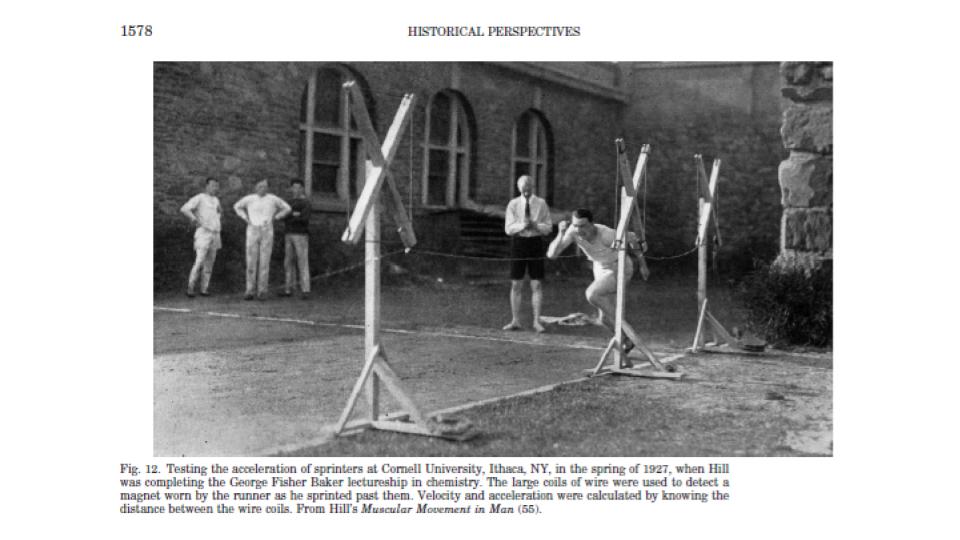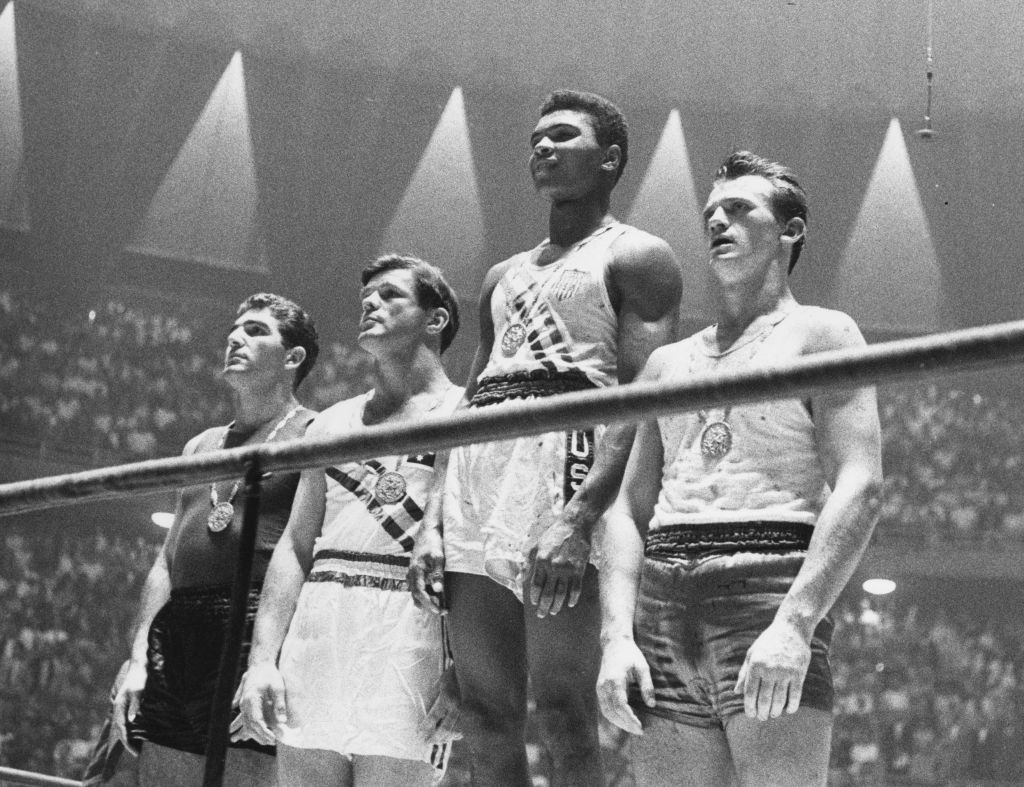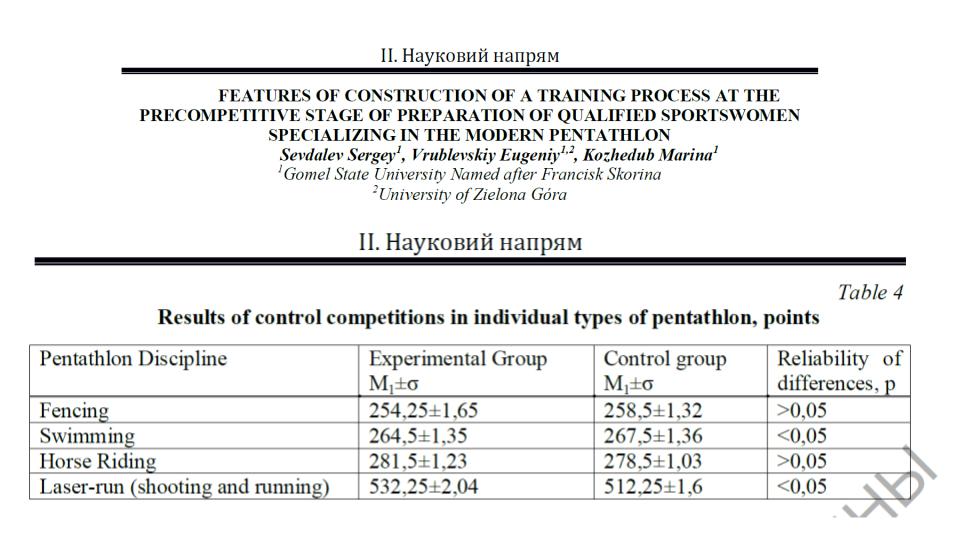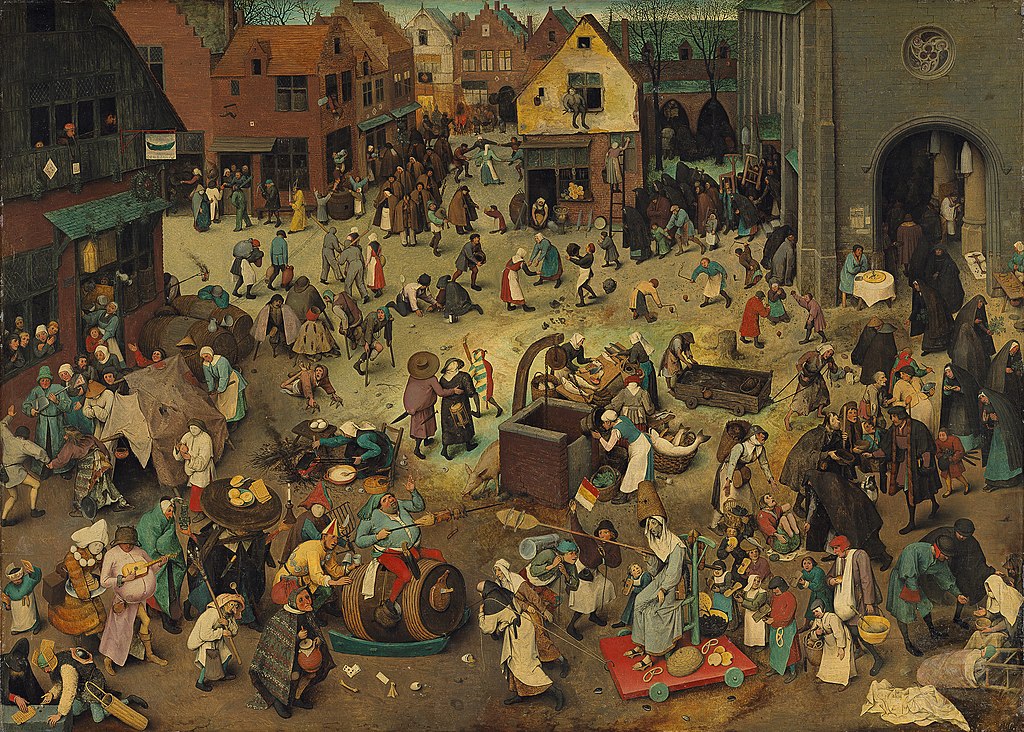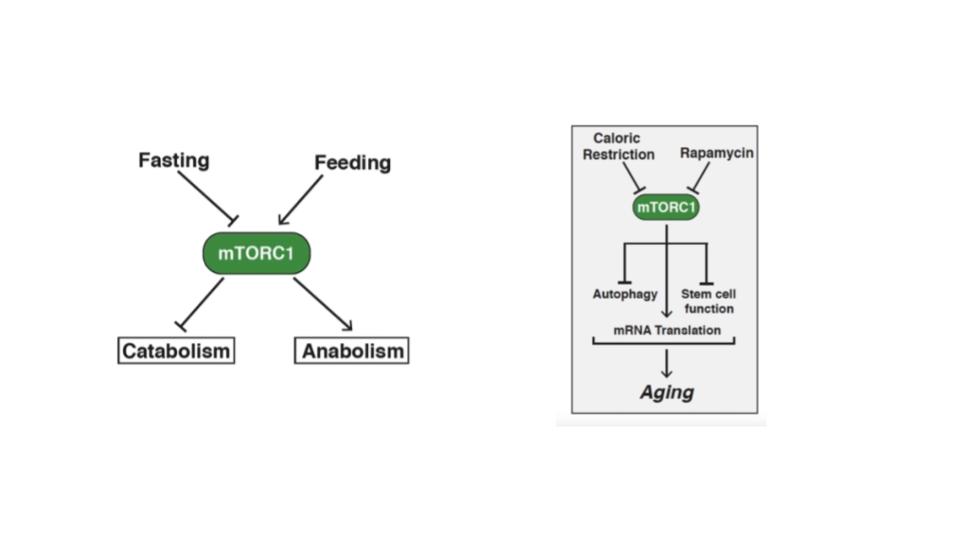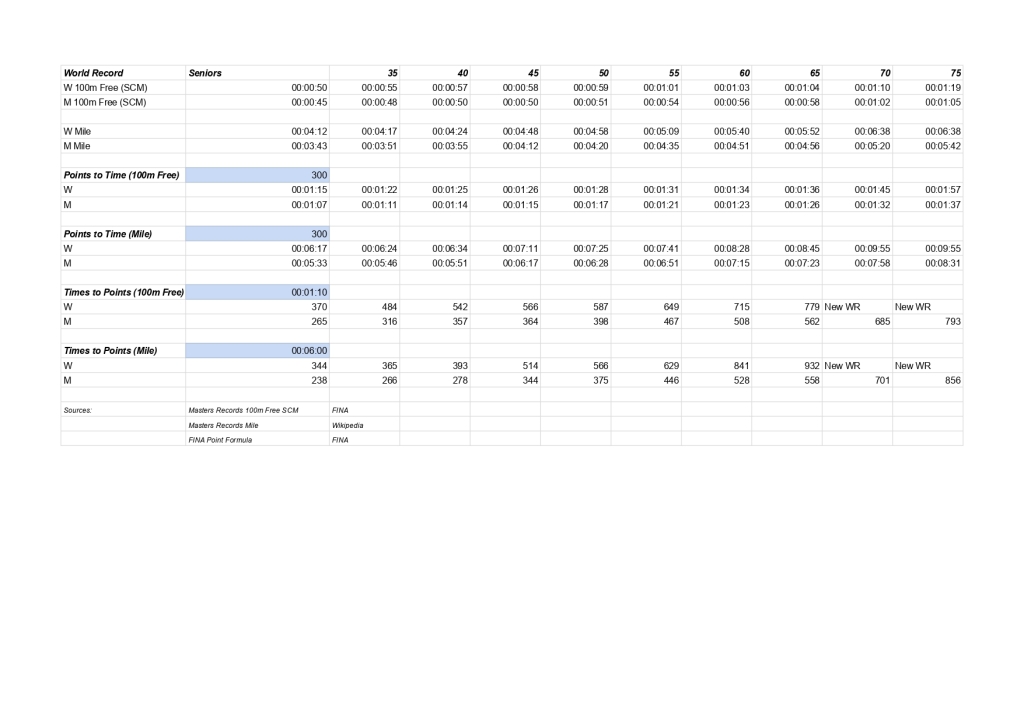In 2008, an obituary appeared in the New York Times of Henry Gustav Molaison, a man who died peacefully at age 82 in a nursery home in Connecticut.

For most of his life, Henry Gustav Molaison was only known as H.M. primarily to the the scientific community given the sad story of how he lost his memory but taught the rest of the world how we form memories in our own brains: what he lost, we gained.
As a child, he had a tragic accident being hit by a bicycle. He hit his head which led to the development of seizures in his brain that could not be treated. Unable to lead a normal life, he underwent an experimental surgery as a young adult which took out a small piece deeply buried in his brain called the hippocampus as it is shaped like a seahorse.
Even though is seizure stopped after the surgery, an entirely new problem arose: for the entire rest of his life, he could not form any new memories such as memorizing the name of the lead researcher, Brenda Milner from McGill University in Montreal, who would study him for the rest of his life over five decades. “He was a very gracious man, very patient, always willing to try these tasks I would give him. And yet every time I walked in the room, it was like we’d never met.” Brenda was quoted in the New York Times.
Her seminal paper published in 1957 has been quoted over 8,500 times making it one of the most cited papers in Neuroscience ever and it started a series of discoveries that firmly established the role of the hippocampus in forming long-term memories.
Most of the work to better understand the molecular mechanisms of how long-term memories are formed in the hippocampus has been done in animals particularly mice and rats. Scientists can even test the formation of memories by giving rodents a test called the Morris water maze in which they have to swim to find a submerged platform in milky water.
It was long known that rodents who grew up in an enriched environment performed better in the maze test but which part of the enrichment actually led to better memory formation? In an elegantly designed study, Henriette van Praag and her team showed that it was the daily running that helped these mice form better memories and most interestingly that the exercise had to be voluntary to be effective. Forced swimming exercises did not work to improve memory formation.
It also showed that the effect of running was to lead to new brain cells and to help newly formed cells in the hippocampus to survive better – in other words running makes your brain grow.
What could be the mechanism responsible for the link between running and growing new brain cells?
One of the molecules that are important to form these long-term memories in the hippocampus is BDNF or Brain Derived Neurotrophic Factor.
BDNF belongs to a family of growth factors first discovered by another legendary female neuroscientist, Rita Levi-Montalcini. She made her discoveries in a laboratory set up in her own bedroom after she lost her university position in 1938 because she was Jewish. She later replicated and furthered her discoveries at Washington University in St. Louis and was awarded the Nobel prize in 1986 and in 2009 and became the first Nobel prize winner to turn 100 years old (so much for successful aging).

Growth factors play a major role in brain development but also in the maintenance of the connections of the nerve cells in the adult brain.
So what makes the brain release BDNF and is responsible for growing your hippocampus? You guessed correctly, exercise.
Here is the big story: exercising your muscles and growing your brain are tightly linked not only in our evolutionary history by selecting for endurance runners as better hunters but also in each individual’s brain development as we first grow up and then grow old and growth factors are one of the important links between the brain and the rest of the body.
When we exercise we release a whole slew of growth factors from our muscles and other organs. These include BDNF, VEGF (Vascular Endothelial Growth Factor), and IGF-1 (Insulin-like Growth Factor 1) into the bloodstream. Their first function is in the periphery in mediating the adaptation to exercise as a result of training. VEGF leads to the formation of new blood vessels so that you can get more oxygen to your muscles next time, BDNF is involved in controlling glucose and lipid metabolism in muscle to burn it more effectively so that you have more energy for exercise and IGF-1 leads to the formation of new red blood cells to better transport oxygen.
But somewhat surprisingly, a lot of them also cross the blood brain barrier and support nerve cells in their proliferation and growth – their death rate goes down and their connections increase.
Indeed, aerobic exercise has been shown to increase hippocampal size am memory function in a randomized-controlled trail in humans.
So are the brain improvements just a nice but incidental side-effect of training. Of course not: in fact, the selection for better endurance performance and bigger (and better) brains might have been the same and positively feed on each other.
So remember:
- Running is what makes us uniquely human and allowed us to outrun all other animals over longer distances. Using this skill let us successfully hunt and let our brains grow
- Running is not only good for our heart and muscle but that it can actually make our brains grow again, especially in those areas which are related to learning and memory creating a wonderful feedback loop that makes us smarter hunters
